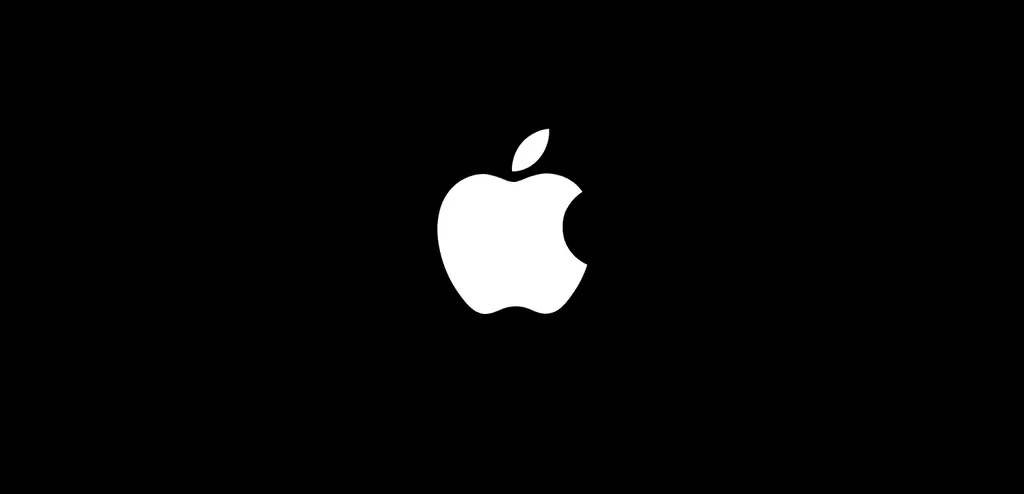Apple’s VP of AR/VR wanted to build a powerful “hub” which would wirelessly stream content to a VR headset but was shot down by Jony Ive, according to a Bloomberg report by Mark Gurman.
Apple’s current VR headset project was first revealed by The Information back in November. Codenamed N301, the device was said to resemble an Oculus Quest but with a sleeker design and much higher resolution displays.
Bloomberg’s report affirms this description, adding that the headset features even more fabric than Quest, and may include high resolution color cameras and high fidelity audio:
It’s designed to feature ultra-high-resolution screens that will make it almost impossible for a user to differentiate the virtual world from the real one. A cinematic speaker system will make the experience even more realistic, people who have used prototypes say.
While this headset would essentially act as a competitor to Quest, the report suggests it may only ship with hand tracking and a media remote, not gaming controllers. That could limit the types of applications developers can build.
Apple apparently hasn’t decided on pricing for the headset. Last month, Bloomberg reported Facebook is exploring using plastics instead of fabrics on the next Quest to reduce cost, indicating Apple may target a more premium price point instead.
A Wireless VR Console?
Apple’s AR/VR division is reportedly called the Technology Development Group. It is led by Mike Rockwell, who formerly worked at companies like Dolby and Avid, before joining Apple in 2015.
Bloomberg’s report details Apple’s internal turmoil in deciding what kind of headset to ship. Rockwell originally wanted to ship a powerful “hub” which would wirelessly stream content to the VR headset, similarly to how PC VR and PlayStation VR work but without a cable. This matches the product CNET reported Apple was working on in early 2018.
The report claims this console-like device “resembled a small Mac”. However, legendary Apple designer Jony Ive, who left the company in summer 2019, reportedly “balked” at the idea, instead suggesting the headset should contain the processing hardware onboard (this is known as a standalone headset), powered by one of Apple’s A-series chips used for iPhones and iPads.
The standoff between Rockwell and Ive reportedly lasted months, when CEO Tim Cook sided with Ive. Apparently, Ive argued that Apple’s focus should be more on the mixed reality experiences anyway, rather than VR experiences which take the user out of the real world.
Release date targets can shift frequently and Apple headset rumors have circulated for many years. According to this report (as well as the earlier one from The Information), though, Apple’s headset may arrive in 2022. It won’t have the power of a PC, but it will apparently have sharp resolution and convincing mixed reality.





























